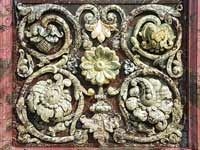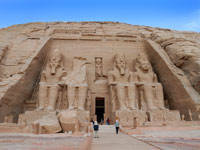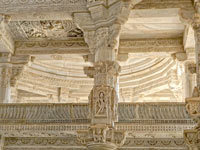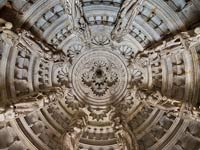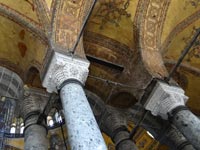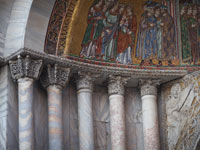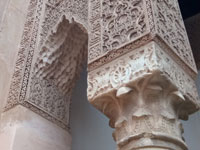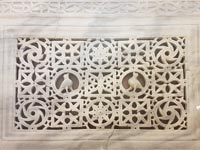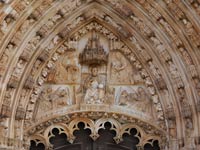Stupas and cave temples have been known since the 3rd century BC as the earliest surviving buildings in India, since the court of King Ashoka gave a powerful impetus to the development of the art of stone carving.
Masters of later times studied on the samples of Ancient Greece and Rome. Such buildings as the Hagia Sophia in Constantinople(532-537), San Marco in Venice (1094), Gothic cathedrals of different countries (XII-XIV centuries) amaze with a rich imagination, sophistication and virtuoso skill of ancient architects and stonecutters. Artistic stone carving was valued in architecture.
Since ancient times, the most beautiful buildings were cult ones. They were built of stone and their external, and sometimes internal, walls were often decorated with various details with fancy carvings. Ornaments, reliefs, sculptural groups covered the walls entirely or accentuated only individual details - entrance portals. The columns framing the entrance could be decorated with decorative carvings, or only the capitals made of natural stone were carved.








 Site search
Site search